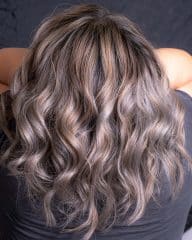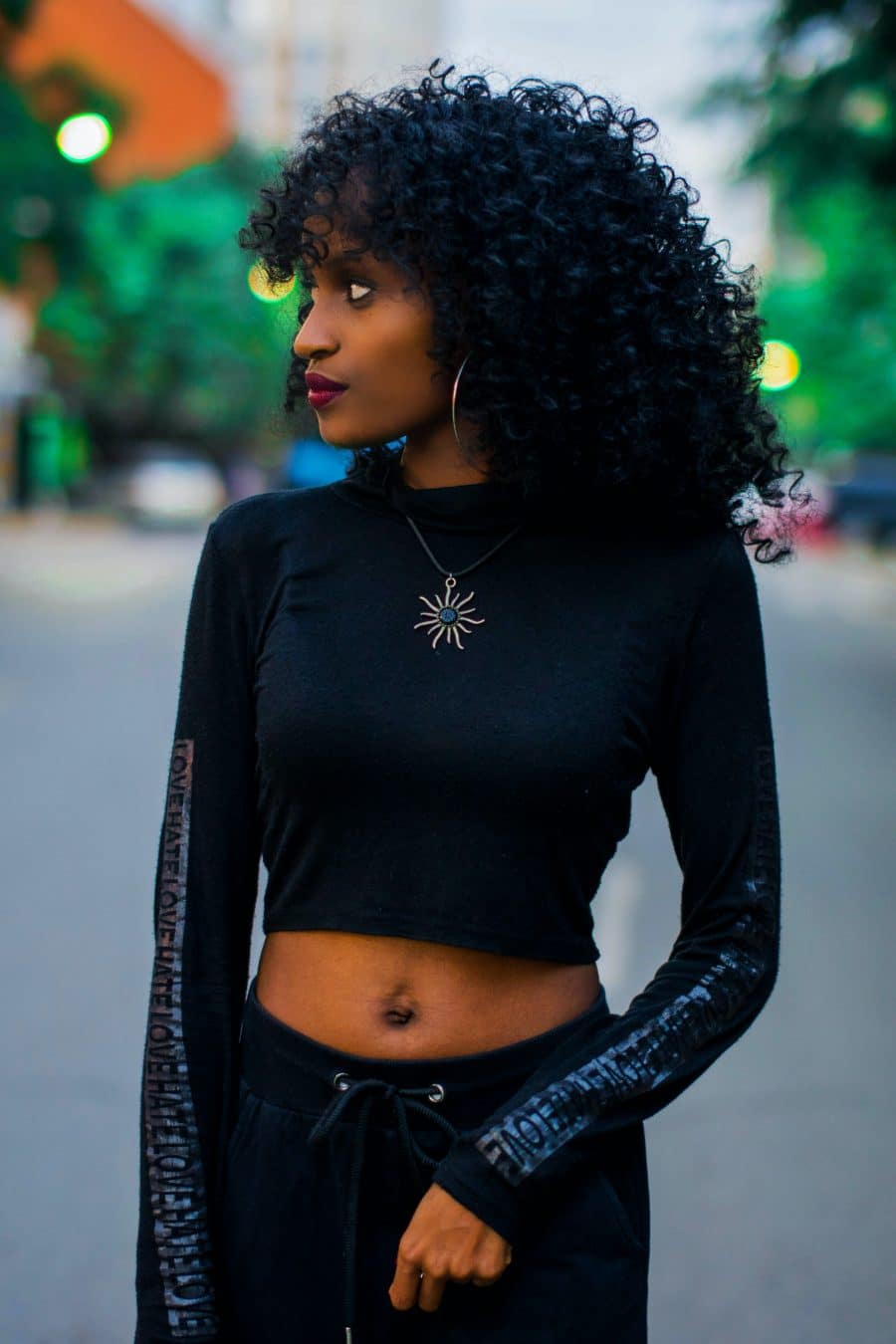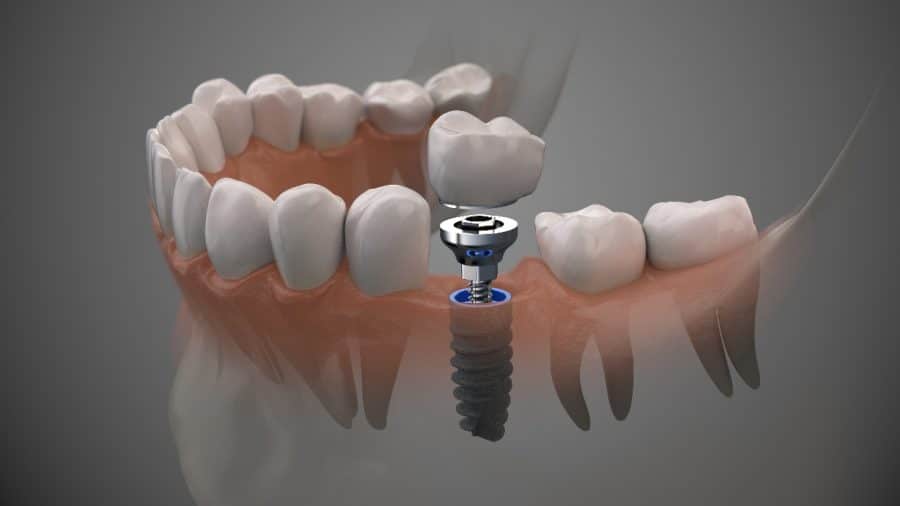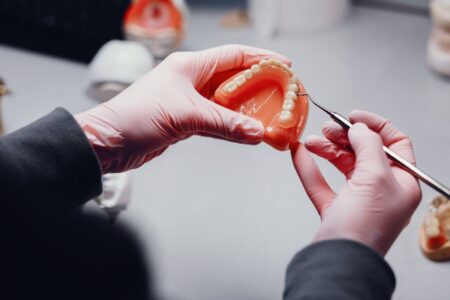Women heavily depend on wigs and hair extensions; they rarely complain about weavon and their prices, as long as the product they purchase satisfy their need. The use of hair extensions was not this common, it used to be for the bold and daring. However, anyone – male and female – now use hair extensions and wigs of different kinds.
Quick Facts About Women's Weavon and Wigs
| A | B |
|---|---|
| Definition | Hair extensions or wigs made from synthetic or natural hair, woven into natural hair or worn as a cap |
| Material | Synthetic (e.g., kanekalon, polyester) or Natural (human hair) |
| Styles | Various styles and lengths available (straight, curly, wavy) |
| Maintenance | Requires regular washing, conditioning, and styling |
| Lifespan | Synthetic weaves typically last a few months, while human hair weaves can last longer with proper care |
| Application Method | Can be sewn, glued, clipped, or worn as a wig |
| Purpose | Cosmetic enhancement, protective styling, convenience |
| Care Products | Specific shampoos, conditioners, and styling products designed for weaves/wigs |
| Considerations for Purchase | Quality, hair type, cap construction, style preference, and budget |
| Storage | Should be stored properly to maintain shape and quality |
| Cost | Varies widely based on material, length, and quality but usually cost between; • 2,000 NGN - 700,000 NGN • 16 USD - 3,000 USD • 14.55 EUR - 2728.53 EUR • 12.60 GBP - 2362.74 GBP • 113.34 CNY - 21250.95 |
Weavon and their prices differ depending on the brand, type, or classification of the weave or hair extension. Usually, the most expensive types of weavon is the human hair, and the most affordable is the synthetic hair extension. Although they all seemingly serve the same purpose, their durability and versatility differ.
In this article, you will understand and know the types of weavon and their prices. You will also understand the rudimentary differences that exist among the types and classification of hair extensions.
Types and Classification of Hair Extensions (Weavon) and Wigs
Hair extensions and wigs are not the same. Hair extensions are attached to the natural hair and makes the latter appear fuller and longer, consequently enhancing the appearance the user. They are available in different colors and lengths and are usually made to make braids, crotchets, or simple straight hair.
Wigs, on the other hand, are usually worn over the head – regardless of the presence of the natural or not – and may be attached to the natural hair or not. They are pre-styled and are easier to use than hair extensions. However, they need to be properly cared for and maintained if they are to be used for a long time.
Both hair extensions and wigs are usually classified into types based on the material used to make them, their brands. Hair extensions are broadly classified into two types, namely: Human Hair Extensions and Synthetic Hair Extensions.
Related Article: How to Keep Your Hair healthy Despite Frequent Dyeing
Human Hair Extensions
Generally, human hair extensions are made wholly or partly from human hair. In some cases, the human hair is harvested from donors that allow their overgrown hair to be harvested, untreated or processed and sold. In other cases, the harvested human hair is processed and treated to allow the hair strands and cuticle stretch more and increase yield.

There are different types of hair extensions and their differences are usually based on the amount of human hair in the package or whether it has been processed or not. They include:
Raw Hair
Raw human hair is the most expensive and natural air extension you will find in the market. Raw hair in one package of human hair extension is usually harvested from one donor. They are not chemically or mechanically treated to suit any particular market. Instead, they are washed and sewn into wefts, for easy usage.
In essence, raw human hair maintains the donor’s natural color and texture, since they are not subjected to dyes, bleach, they are not permed or steamed.
Related Article: How to Treat your Virgin hair
Remy Hair
Remy hair is second in quality and originality to raw human hair. It is also expensive and not easy to come by and can easily be recognized by how the cuticles on the hair remain intact. This means that the hair-flow direction, from top to bottom, is the same.
Therefore, if you’re in search of human hair that maintains a level of naturality but not as costly as raw human hair, Remy hair is the next best option for you.
100% human Hair
The next best and affordable human hair is the 100% human hair. They can easily be found in the market and are not as costly as raw and Remy human hair extensions. They are harvested from humans and are subjected to chemical and mechanical processing to remove the cuticle of the hair.
With this type of human hair extension, you can expect to have some confusion in selecting what you feel is quality (you can save yourself this trouble if you have a trusted supplier) since different companies have different quality sorting standards. Generally, this type of human hair is graded from 3A – 12A, depicting increasing hair quality as the number goes higher.
Blend Hair
Blend hair, also called human hair fiber, or human hair quality, is a type of human hair that blends human hair with synthetic or heat-resistant fibers. In some, they are blended with animal hair, and they are the cheapest type of human hair you can find. They easily tangle after some use and their durability depends on how much human hair is in the blend. Therefore, their prices vary with respect to the percentage of human hair present in the blend.
Hair Extension – Weavon Prices in Nigeria based on their Types
Generally, hair extensions prices reduce in decreasing hair quality; raw hair is the costliest because it has the highest quality and blend human hairs are the cheapest because they have the least quality. Here is an estimated price of hair extensions as they are subject to change.
- Raw Human Hair – N400,000 to N700,000
- Remy Human Hair – N90,000 to N300,000
- 100% Human Hair – N40,000 to N80,000
- Blend Hair – N5000 to N30,000
- Synthetic hair Extension – N1,200 to N4,000
Conclusion
Hair extensions, weavons, and wigs are widely used among women, and gradually embraced by some men in Nigeria today. However, there are different types and quality of hair extensions out there. The most quality of them is usually the costliest and most durable.

Ayomide is a fiction and non-fiction writer. A lover of science and everything mysterious that surrounds it, he seeks out new information to keep his interest alive.
The content is intended to augment, not replace, information provided by your clinician. It is not intended nor implied to be a substitute for professional medical advice. Reading this information does not create or replace a doctor-patient relationship or consultation. If required, please contact your doctor or other health care provider to assist you to interpret any of this information, or in applying the information to your individual needs.




